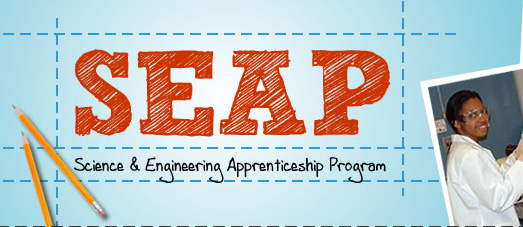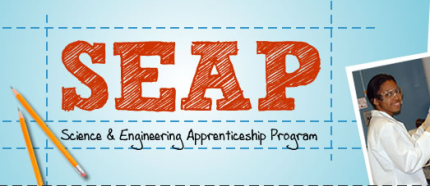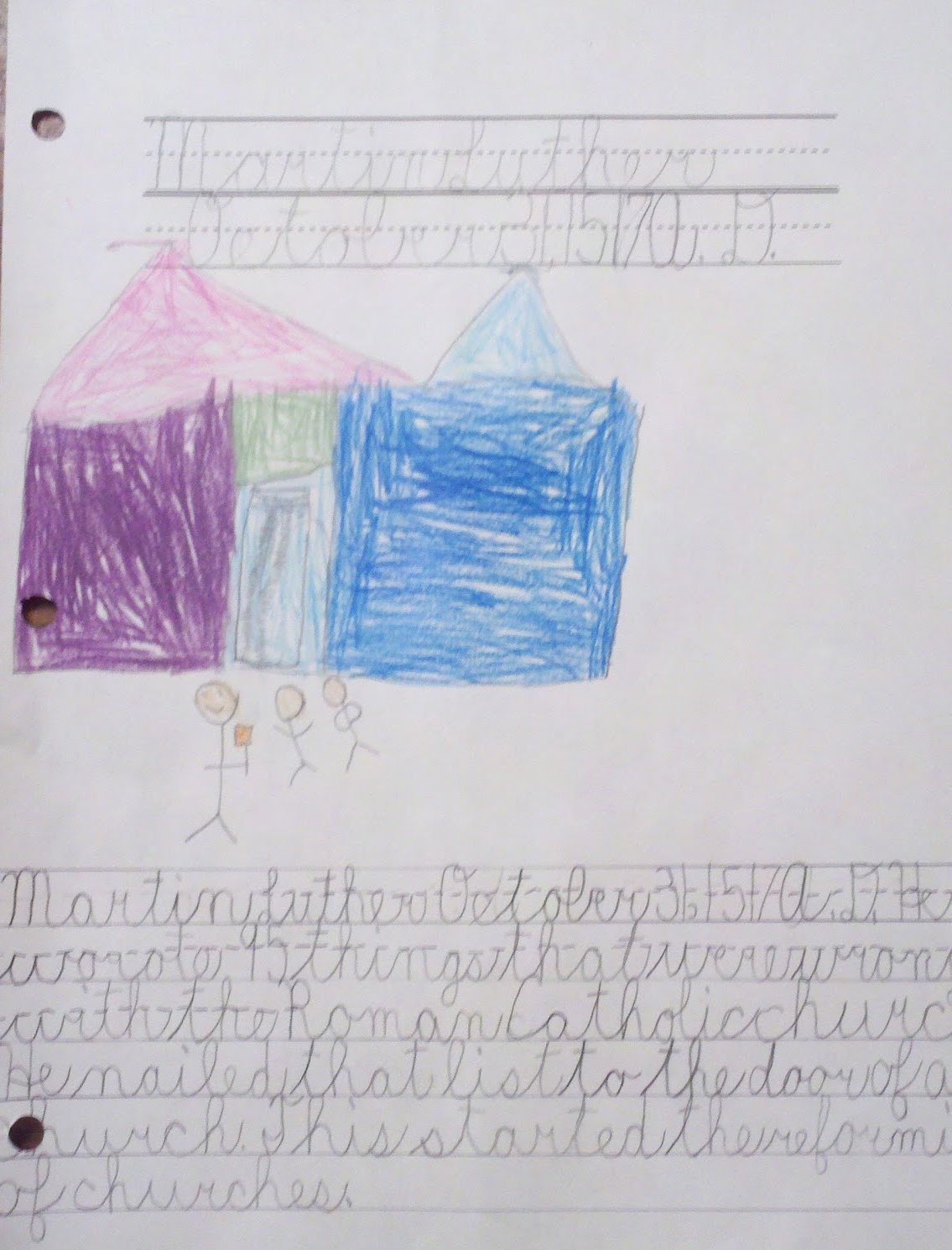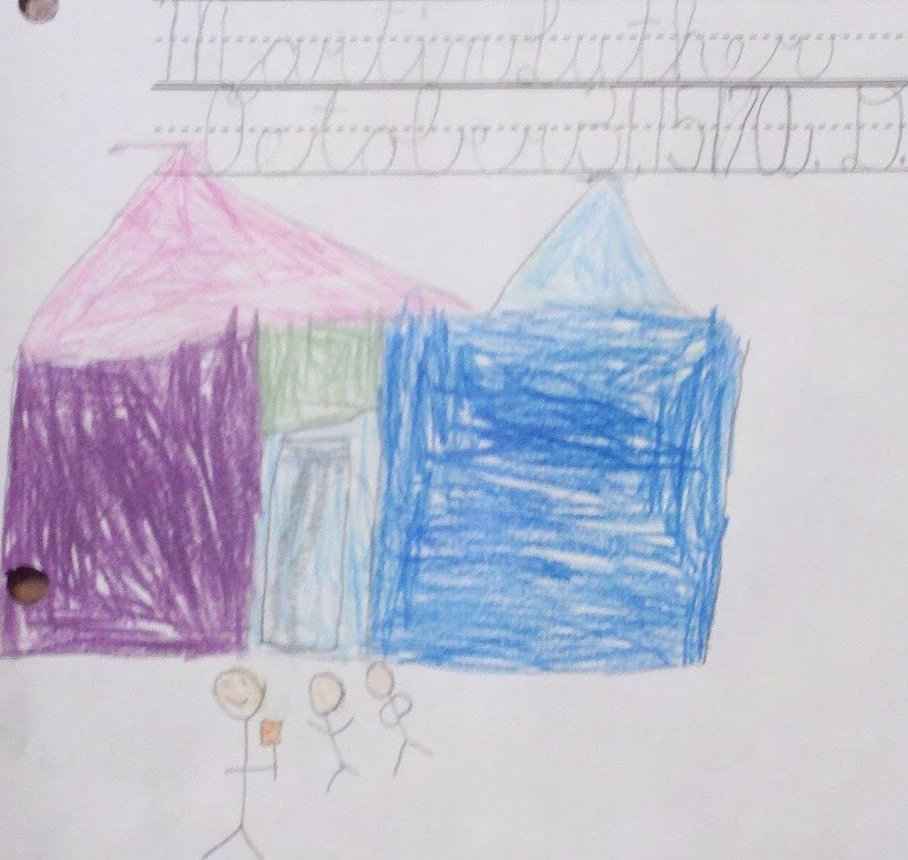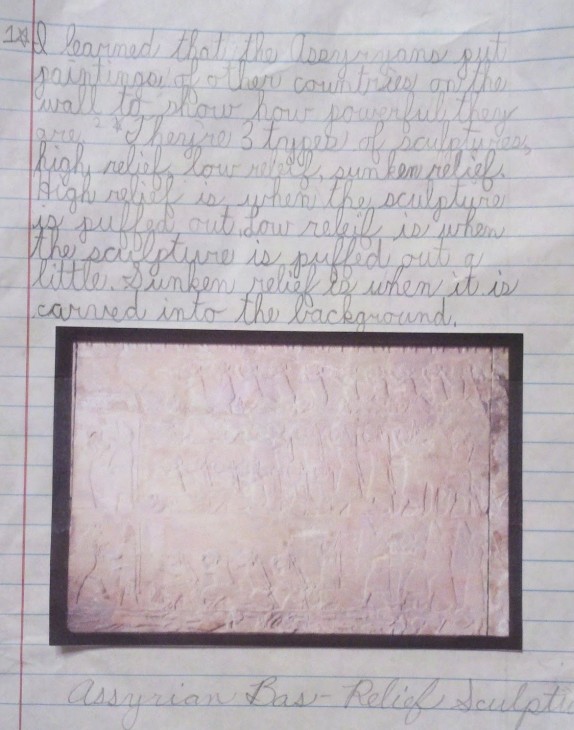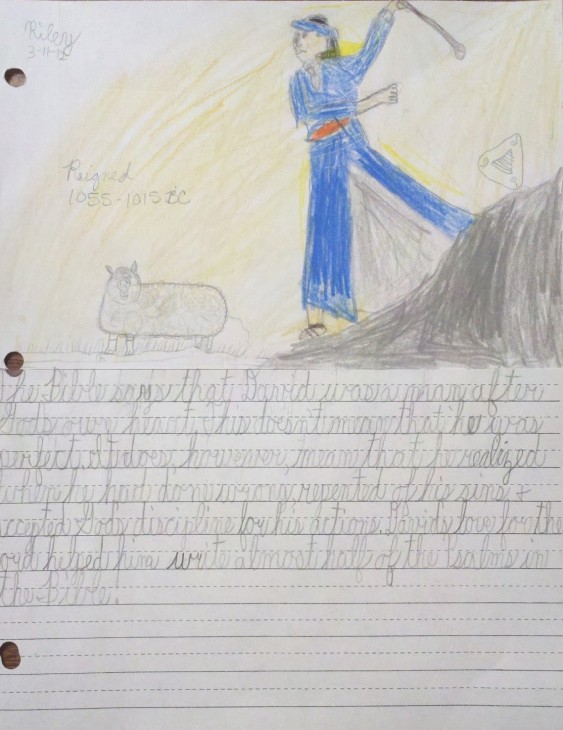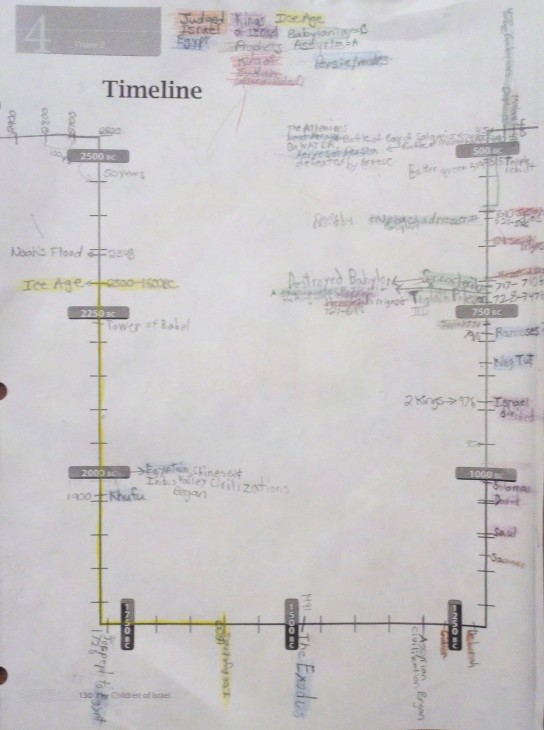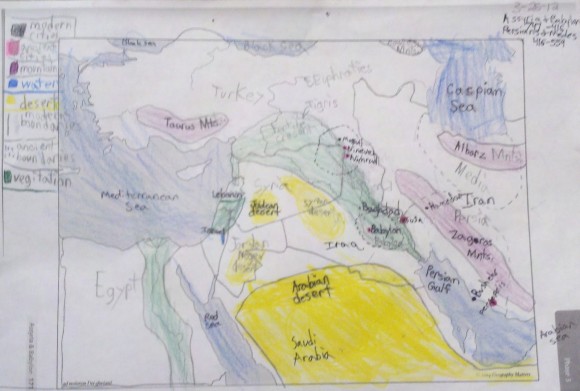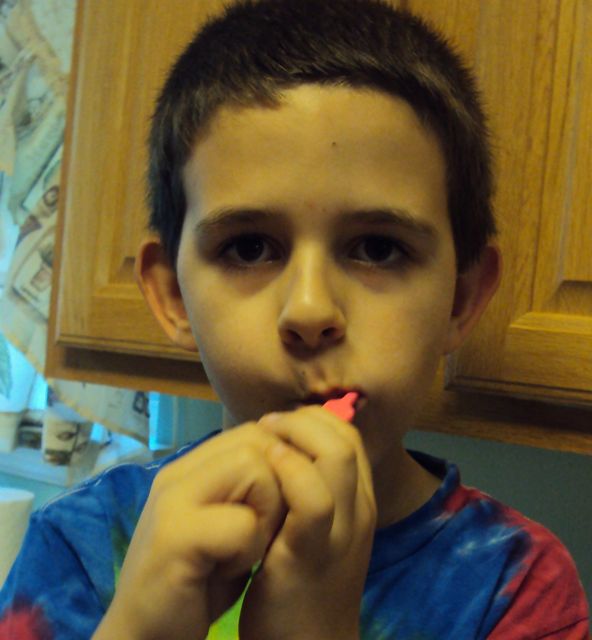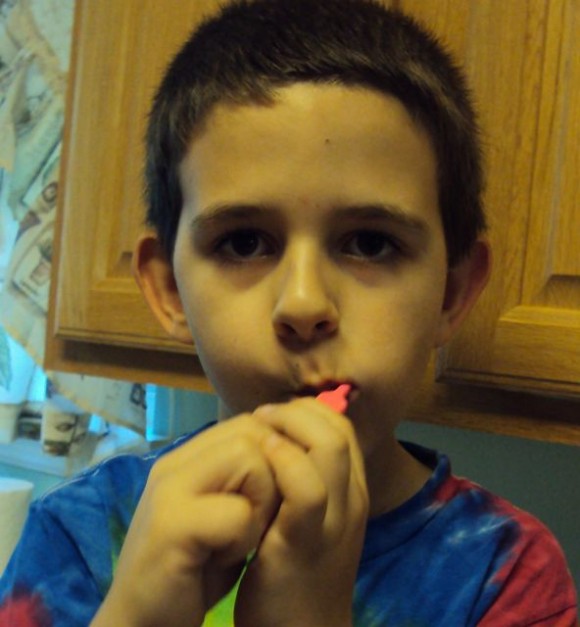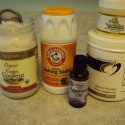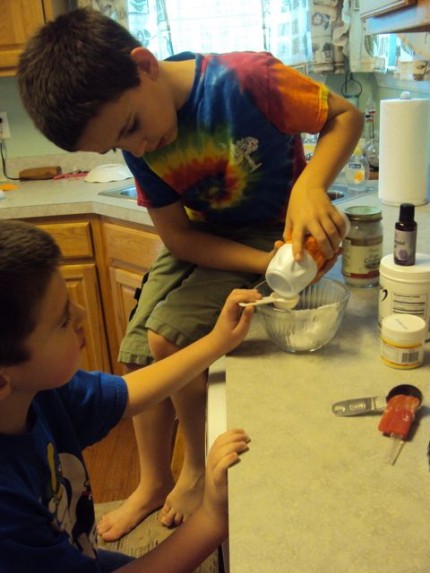There are two programs aimed at providing paid internships to high school and college students with the Department of Navy (D0N) through the Office of Naval Research (ONR). The first program targets high school students and is called the Science and Engineering Apprenticeship Program (SEAP). The second targets both undergraduate and graduate college students and is called Naval Research Enterprise Internship Program (NREIP). These programs are great opportunities for students to experience the types of environments and work they can expect to participate in once they graduate from college. I work for SPAWAR Atlantic for my day job and have an opportunity to interact with these interns during the Summer. This is an outstanding opportunity if your child is interested in Science, Math, Engineering, and Technology (STEM).
Here are the basic facts:
What: Paid Internships with the US Navy
Who: High School Students (age requirements…see notes below under SEAP) and College Students
When: Summer 2015 (Application deadline 12/19/2014)
Where: SPAWAR Atlantic, Charleston, SC *
*Additional locations in the following states: AZ, CO, CA, CT, DC, FL, HI, IN, MD, MS, NJ, PA, RI, TX, VA
It is my understanding that the programs try to announce the internship recipients by mid-February each year. The application is fairly comprehensive so I recommend your child get started ASAP if they are interested. Some of the information that will be required during the application process:
- Contact Information Citizenship & Demographics Program Information Education
- Awards & Honors
- Career Goals
- Academic Interests
- Research Experience Technical Skills Employment
- References
- Publicity Information
Student will also have to provide a copy of transcripts.
There’s more information about these programs and more on the American Society for Engineering Education (ASEE) web site.
High School Students
This program offers over 350 students internships for an 8 week period during the summer at one of 25 locations around the country. High school students who have completed at least Grade 9. A graduating senior is eligible to apply. Students must be 16 years of age for most laboratories. Some laboratories may take students as young as 15. The SEAP Participating Labs page for SPAWAW says that SPAWAR requires students to be at least 17 years of age, but I am told that this can be waived for some positions. I would recommend that interested students who will 16 by the Summer go ahead and apply. Please visit the SEAP web site to get details and apply for the program. The deadline to apply for Summer 2015 internships is December 19th, 2014.
College Students
NREIP provides competitive research internships to approximately 275 college students (200 undergraduate students and 75 graduate students) each year. Participating students spend ten weeks during the summer conducting research at approximately 29 DoN laboratories. Please visit the NREIP web site to get details and apply for the program. The deadline to apply for Summer 2015 internships is December 19th, 2014.
